16x Typical Dutch Food & where to eat it in Amsterdam
- This is an article from https://green-amsterdam.com
What is typical Dutch food? The Dutch have a hard time explaining their 'cuisine’ to outsiders. As a Dutch citizen I’ve heard it numerous times from people around the globe: We have a lousy kitchen. And truth be told, it might not be the most divine cuisine in the world, however there are some typical Dutch foods even foreigners can’t resist.
Besides, Dutch cuisine does make use of some interesting spices like nutmeg, cardamon, laurel, clove, cinnamon, anise and ginger. We have those to thank to our past VOC Far East travels and former colonies like Indonesia. Without these exotic spices the Dutch kitchen must have been way more dull, so believe it or not, it has improved over the years.
Is it really fair Dutch cuisine is so unpopular? Judge yourself! Read here about the 16 most typical Dutch foods and discover the best places to eat them in Amsterdam.
1x Stroopwafels
These thin waffles with syrup inside find their origin in Gouda, a Dutch city which is actually better known for its cheese. Stroopwafels are so much loved abroad, you can now even find them in countless places around the world. In the US for instance, the stroopwafel is a big hit at the moment. The best way to eat it though, is fresh. And that’s the way it’s supposed to be eaten, so the syrup inside will still be soft and warm. When you are in the Netherlands, it’s your chance to do so. The best place to get your fresh stroopwafel is at a market stand on the Albert Cuyp, now called Original Stroopwafels. This stand has been there as long as I can remember, yet the taste of a fresh stroopwafel never gets old.
Where to eat the best Stroopwafels in Amsterdam?
Original Stroopwafels, Albert Cuypstraat 134
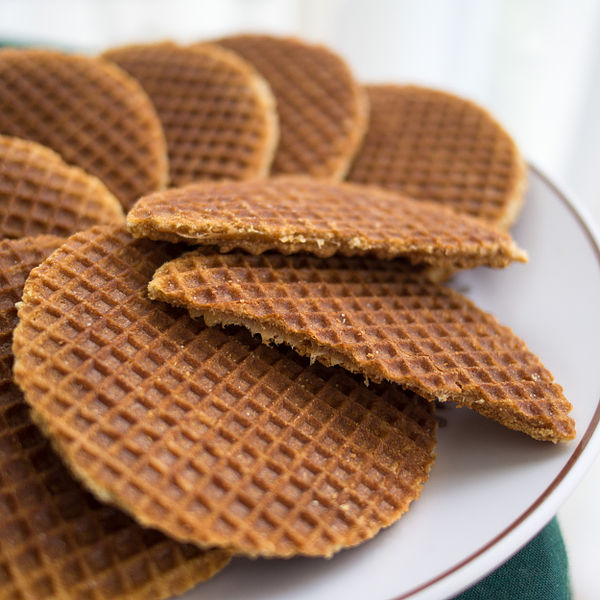
2x Stamppot
This is basically the dish which immediately pops up if you ask a random Dutch person what a typical Dutch dinner is. Stamppot consists of mashed potatoes and vegetables with gravy on top and meat on the side. Yes. That’s it. Like I mentioned earlier, this is one of the reasons the Dutch have a hard time explaining their 'cuisine’ to outsiders. The most popular Stamppot variations are combos of potato with: Carrot (aka Hutspot), kale (Boerenkool), sauerkraut (Zuurkool) and endive (Andijvie). As for the meat, these Stampotten are usually paired with bacon, smoked sausage or Hachee (stew meat prepared with Far Eastern spices).
Where to eat the best Stamppot in Amsterdam?
Moeders, Rozengracht 251
La Falote, Roelof Hartstraat 26
Bistro Bij Ons, Prinsengracht 287
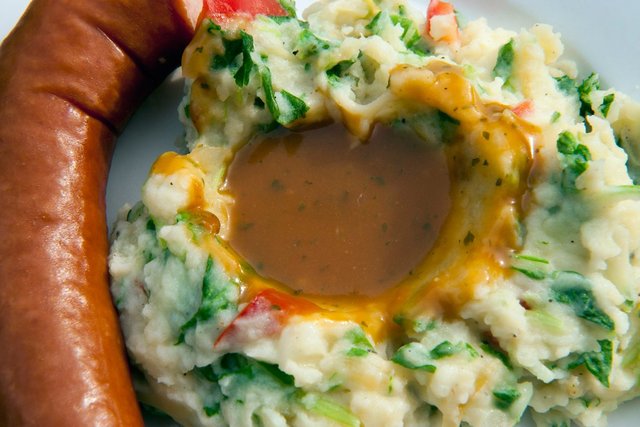
3x Poffertjes
Poffertjes are a real treat for your sweet tooth. These fluffy mini pancakes served with just some butter and icing sugar were originally invented during the French revolution by French friars. The story goes Napoleon claimed all the poffertjes flour to feed his army which resulted in a shortage in hostis for the church. Through fairs the poffertjes landed in the Netherlands and unlike the French who prefer their crepes now, the Dutch still eat them.
Where to eat the best Poffertjes in Amsterdam?
De Vier Pilaren, Stadhouderskade 11
Market stand at Noordermarkt (Saturdays, 9am until 4pm)
Market stand at Albert Cuypmarkt (Mondays, Tuesdays and Thursdays 9am until 6pm)
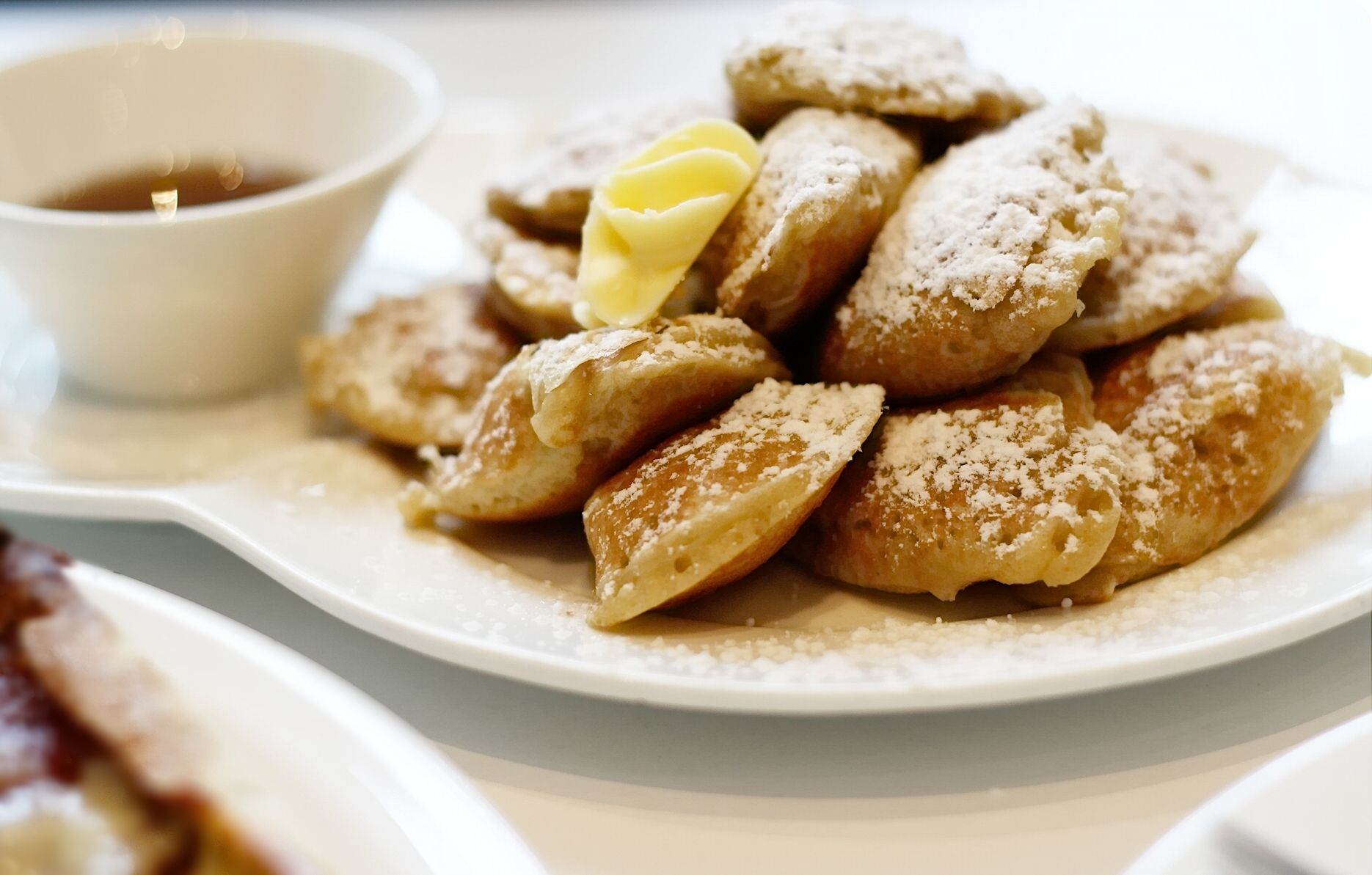
4x Patatje mayo pindasaus
Remember that scene from Pulp Fiction where John Travolta's character is disgusted by Dutch people drowning their french fries in mayonaise? Well it can get worse, the Dutch like to drown their fries in 'pindasaus' aka peanut sauce as well. Or to make it even more gross, peanut sauce AND mayonaise, aka 'patatje mayo pindasaus'. Add some raw onions and you have yourself a 'patatje oorlog', literally translated as 'war fries’. By the way, fries are not French at all, they are from Belgium. They thank their incorrect name to confused American soldiers from WWI because one of the spoken languages in Belgium is French.
Where to eat the best Patatje mayo pindasaus in Amsterdam?
De Belg, Reguliersbreestraat 49-A
Vlaams Friteshuis Vleminckx, Voetboogstraat 33
Par Hasard, Douwes Dekkerstraat 22
Frietboutique, Johannes Verhulststraat 107
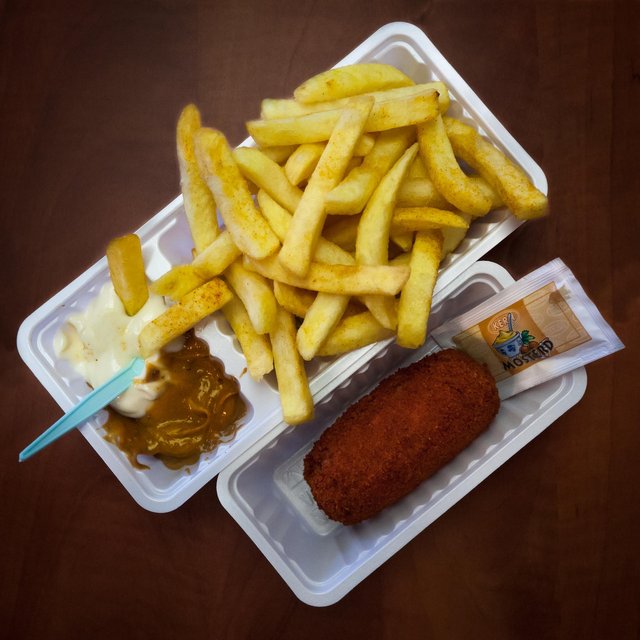
5x Kaas
Of course this is what the Dutch are best known for abroad: Yellow cheese. The Dutch love their cheeses so much, they consume about 250 million kilo a year. They’re also quite good in making it, probably because they’ve been doing it since 800 before Christ. About 500 million kilo of yellow cheese is been exported from the Netherlands to the rest of the world every year. It’s very usual for the Dutch to eat cheese multiple times a day, like a cheese sandwich for breakfast and/or lunch, or as a (party) snack, as it pairs perfectly with alcoholic beverages. There are thousands different kinds of cheeses and brands, some of the most famous being Edammer, Gouda, Leidse kaas, Friese nagelkaas and Old Amsterdam.
Where to eat the best Kaas in Amsterdam?
Kaashuis Tromp, Utrechtsestraat 90
Kaasland Haarlemmerdijk, Haarlemmerdijk 1
Kaas Caulils Delicatessen en Catering, Haarlemmerstraat 115
Market stand at Ten Kate Markt
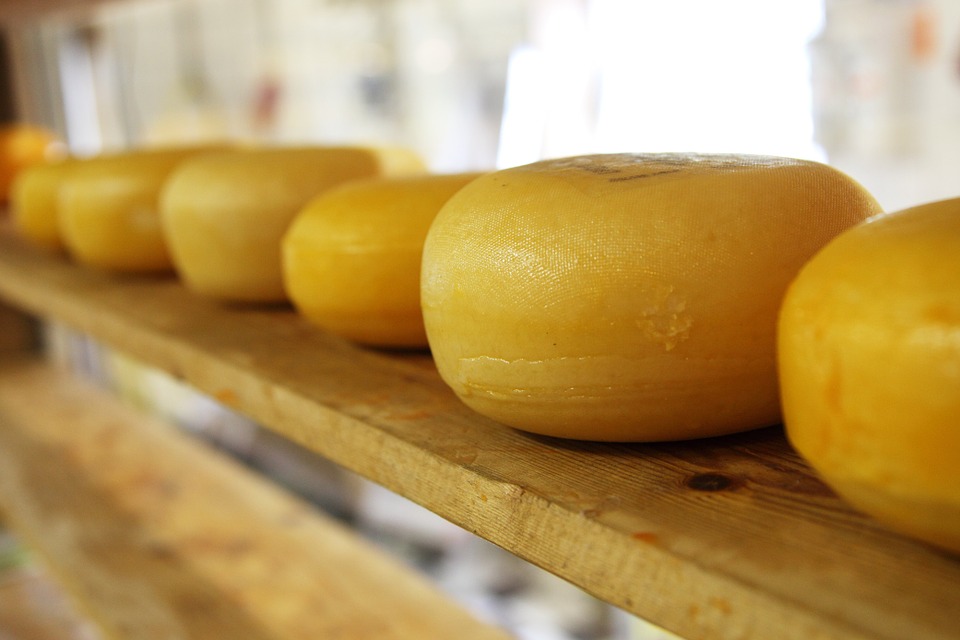
6x Ontbijtkoek
Ontbijtkoek, literally translated as breakfast cake, is made out of rye flour, sugar, honey and Far Eastern spices like cinnamon, ginger, nutmeg, black pepper, cardamom, anise, clove and coriander. The typical Dutch ontbijtkoek, a type of ginger bread, doesn’t find its origin in the Netherlands. It has been around for thousands of years, Farao Ramses III for instance ate a similar cake about 4000 years ago. Also the ancient Greeks and Romans were big fans of the ontbijtkoek’s precursor. In the Netherlands ontbijtkoek has been professionally baked since the 16th century. At a certain time there were hundreds of variations of the ontbijtkoek in the Netherlands and Belgium. The Dutch even have a game called 'koekhappen' which involves ontbijtkoek hanging on a string and blindfolded contestants trying to eat the cookies… Now that’s what we call fun in the Netherlands!
Where to eat the best Ontbijtkoek in Amsterdam?
Bakkerij Klopper en Stolk, Amstelveenseweg 95
Bakker Jongejans, Haarlemmerstraat 4
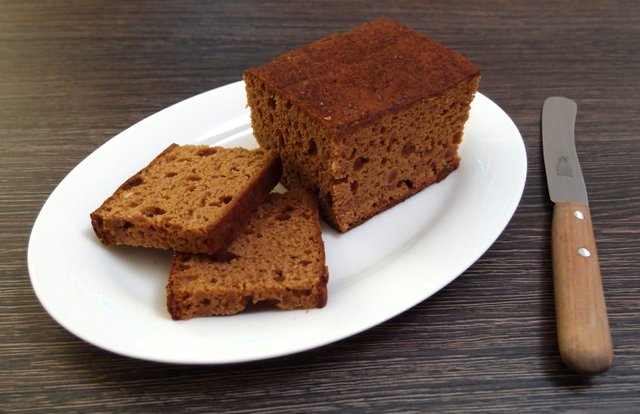
7x Haring
Raw smelly fish from the North Sea. Sounds tempting, right? The Netherlands is one of the few countries where fish is eaten raw. Haring, herring in English, usually comes with raw onion and pickles. And it’s amazing. At least, Dutch people think it’s amazing. Tourists usually don’t agree. And even in Japan they don’t eat raw herring as they find it disgusting. I know I’m not really advertising it but you should just give it a try. Although it is an acquired taste, it’s something you will never experience anywhere else.
Where to eat the best Haring in Amsterdam?
Market stand Sier en Steur, Albert Cuypstraat 155
Haringhandel A. van Dok, Haarlemmerplein
Tijger & de Vis, Lindengracht 156
De Zeevang, Haarlemmermeerstraat 77

8x Tompoes
A tompoes is a typical Dutch pastry which finds its origin in Amsterdam. It exists of puff pastry, a big fat layer of vanilla cream, another layer of puff pastry and to top it off a layer of pink (or sometimes orange) glaze. An Amsterdam pastry chef created the tompoes in the 19th century. The name was inspired by General Tom Thumb, a dwarf of 63,5 cm height who traveled with a famous American circus and performed in Europe in 1845.
Where to eat the best Tompoes in Amsterdam?
Patisserie Holtkamp, Vijzelgracht 15
Van Avezaath Beune, Johannes Verhulststraat 98
Rijkhoff Banket, Bos en Lommerweg 319
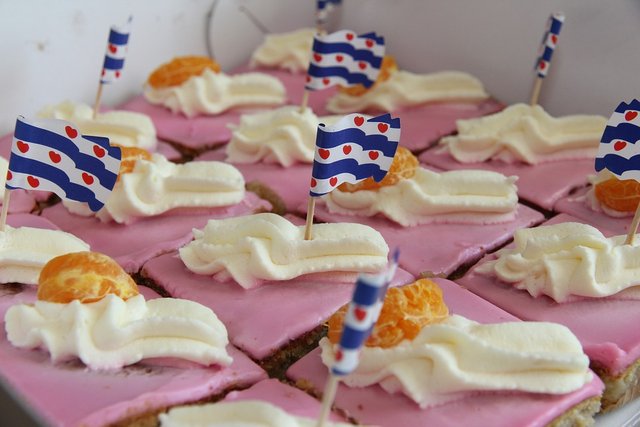
9x Erwtensoep
Erwtensoep, also known as 'snert’, is a thick soup made out of split peas which is usually served in winter time. Other ingredients in the soup are carrot, celeriac and smoked sausage, often paired with a slice of rye bread with katenspek (a Dutch variant of smoked bacon). It’s kind of a tradition to warm up with a cup of erwtensoep during an ice skating session at a 'Koek en Zopie' stand (freely translated as cookie & drink stand).
Where to eat the best Erwtensoep in Amsterdam?
The Pantry, Leidssekruisstraat 21
Koffiehuis De Hoek, Prinsengracht 341
Slagerij De Leeuw, Utrechtsestraat 92
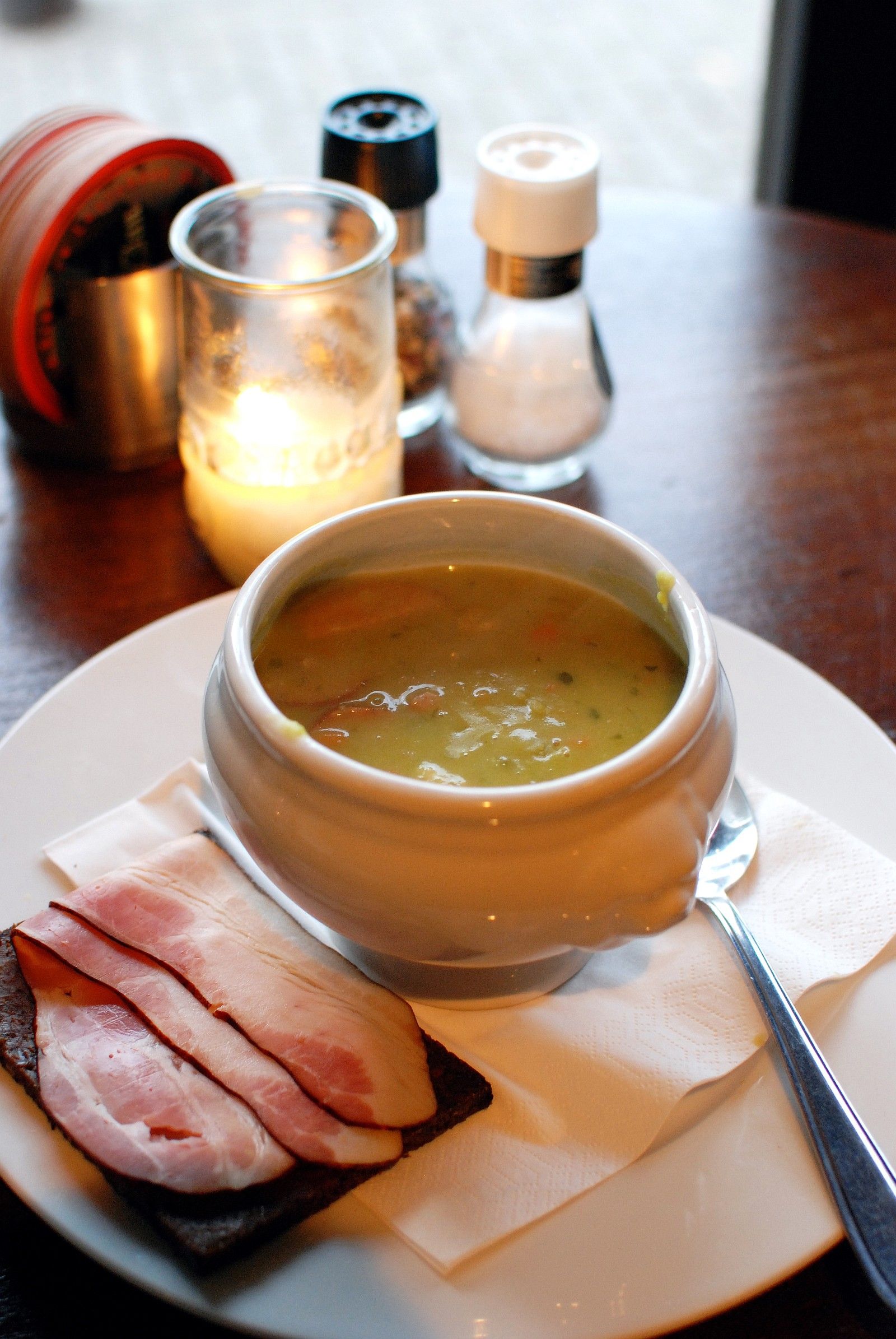
10x Drop
Drop is a typical Dutch candy made out of licorice. There are sweet and salty variations. Like haring it’s an acquired taste, though in the Netherlands there are probably more drop-a-holics than choc-a-holics. People used to think it was a candy with health benefits and ate it when they had a cold or fever. Now we know it’s actually quite unhealthy. The taste does come close to coughing syrup which has a lot of ingredients in common with drop.
Where to eat the best Drop in Amsterdam?
Het Oud-Hollandsch Snoepwinkeltje, Tweede Egelantiersdwarsstraat 2
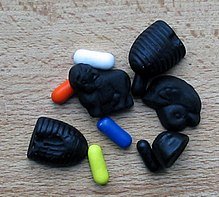
11x Kroket
May I introduce to you the ultimate Dutch fastfood snack. This crunchy fried roll is usually filled with a salpicon of meat but anno 2017 there are also vegetarian and vegan koketten to be found, filled with cheese or vegetables. Originally the kroket comes from France, where they are named croquettes. The beautiful thing about the Dutch kroket is, you can just get it out of the wall! At Febo to be presice, a snackbar with automat walls filled with fastfood snacks. The average kroket is about 10,5 cm long with a diameter of 3 cm and is often eaten on a sandwich.
Where to eat the best Kroket in Amsterdam?
Dobben’s Eetsalon, Korte Reguliersdwarsstraat 5
Kwekkeboom Banketbakkerij, Ferdinand Bolstraat 119
Febo, Febo’s are all around Amsterdam
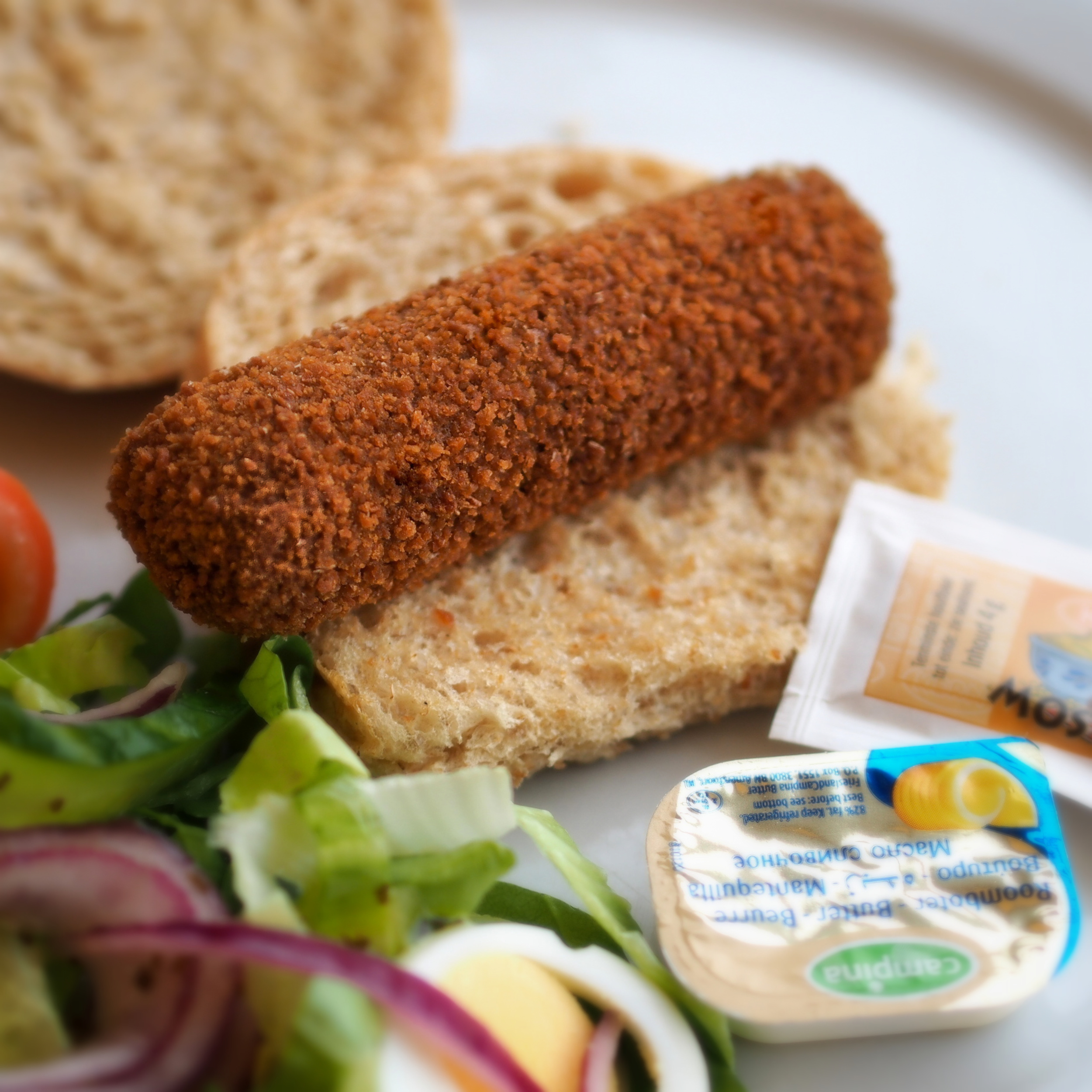
12x Bitterbal
A bitterbal is basically a kroket in the shape of a 3 cm ball. They can’t be missed in cafes and parties as a snack that goes along with any kind of alcoholic beverage. Like kroketten, they are often served with mustard.
Where to eat the best Bitterballen in Amsterdam?
De Ballenbar, Foodhallen, Hannie Dankbaarpassage 33
Café Luxembourg, Spui 24
Café-Restaurant Amsterdam, Watertorenplein 6
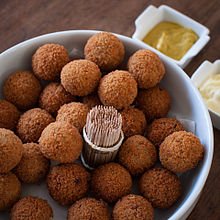
13x Hagelslag
Because the Dutch eat a lot of 'boterhammen' (slices of bread) during the day, there are endless variations of spreads to cover these. One of the most fascinating for outsiders being hagelslag. Hagel means hail and that’s exactly what hagelslag looks like, only they’re not made out of frozen water but chocolate, anise or just plain colored sugar. The chocolate variation, which exists since 1936, is actually the most popular one and usually referred to as plain Hagelsag. Perfect for days you crave chocolate for breakfast seeing it’s totally acceptable to put these sprinkles on your bread.
Where to eat the best Hagelslag in Amsterdam?
Hagelswag, Heisteeg 8
In every supermarket: De Ruijter
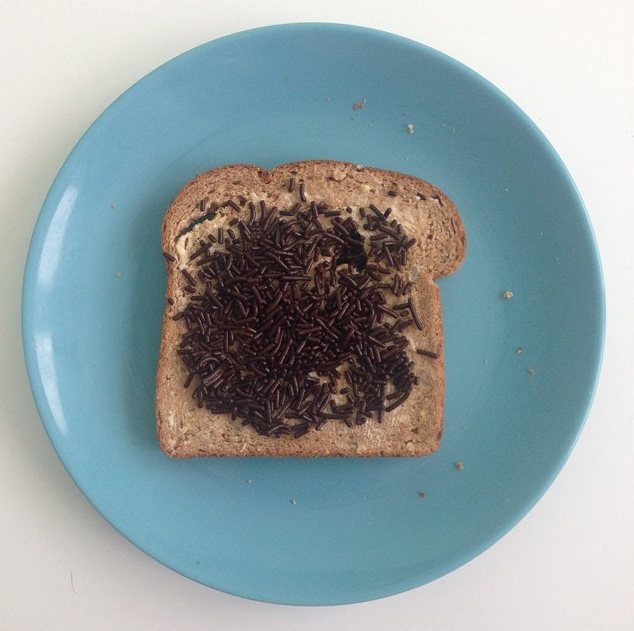
14x Pepernoten & Kruidnoten
Pepernoten and kruidnoten have been around since the 16th century and are nowadays inextricably linked to the Sinterklaas tradition. Sinterklaas is the Dutch version of Santa, and his little helper named Piet scatters the pepernoten around for the kids to pick them up. Pepernoten and kruidnoten are tiny baked cookies with a very distinctive taste. This is because they are prepared with 'speculaaskruiden'; spices like cinnamon, ginger, clove, nutmeg and pepper.
Where to eat the best Pepernoten & Kruidnoten in Amsterdam?
Pepernoten and Kruidnoten are only sold in the last three months of the year, at every supermarket and bakery.
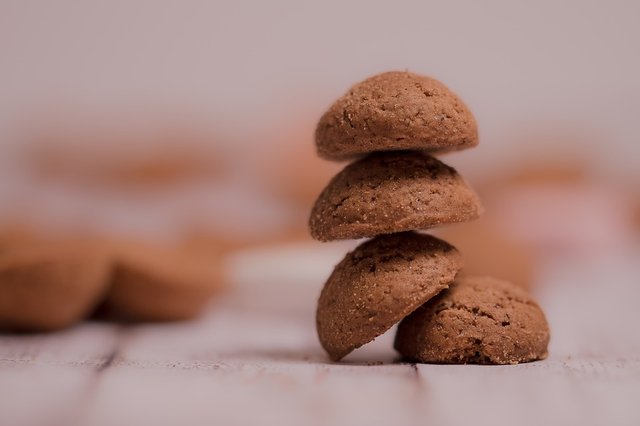
15x Oliebollen
Literally translated as oil balls, oliebollen are sweets consumed with New Years Eve. Oliebollen are fried dough balls, sometimes with raisins, and sprinkled with icing sugar. They have been in the Netherlands for centuries, like you can see on this painting from 1652 by Dutch painter Albert Cuyp. Back then, they were called 'oliekoecken', translated as oil cookies. In the last two months of the year, big oliebollen stalls pop up on the Dutch streets where you can buy oliebollen and similar fried sweets like 'appelbeignets’.
Where to eat the best Oliebollen in Amsterdam?
Only in November/December
Oliebollenkraam Kinkerstraat
Oliebollenkraam Surinameplein
Oliebollenkraam Hollandse Gebakkraam J.C. van Gemert, Cornelis Troostplein
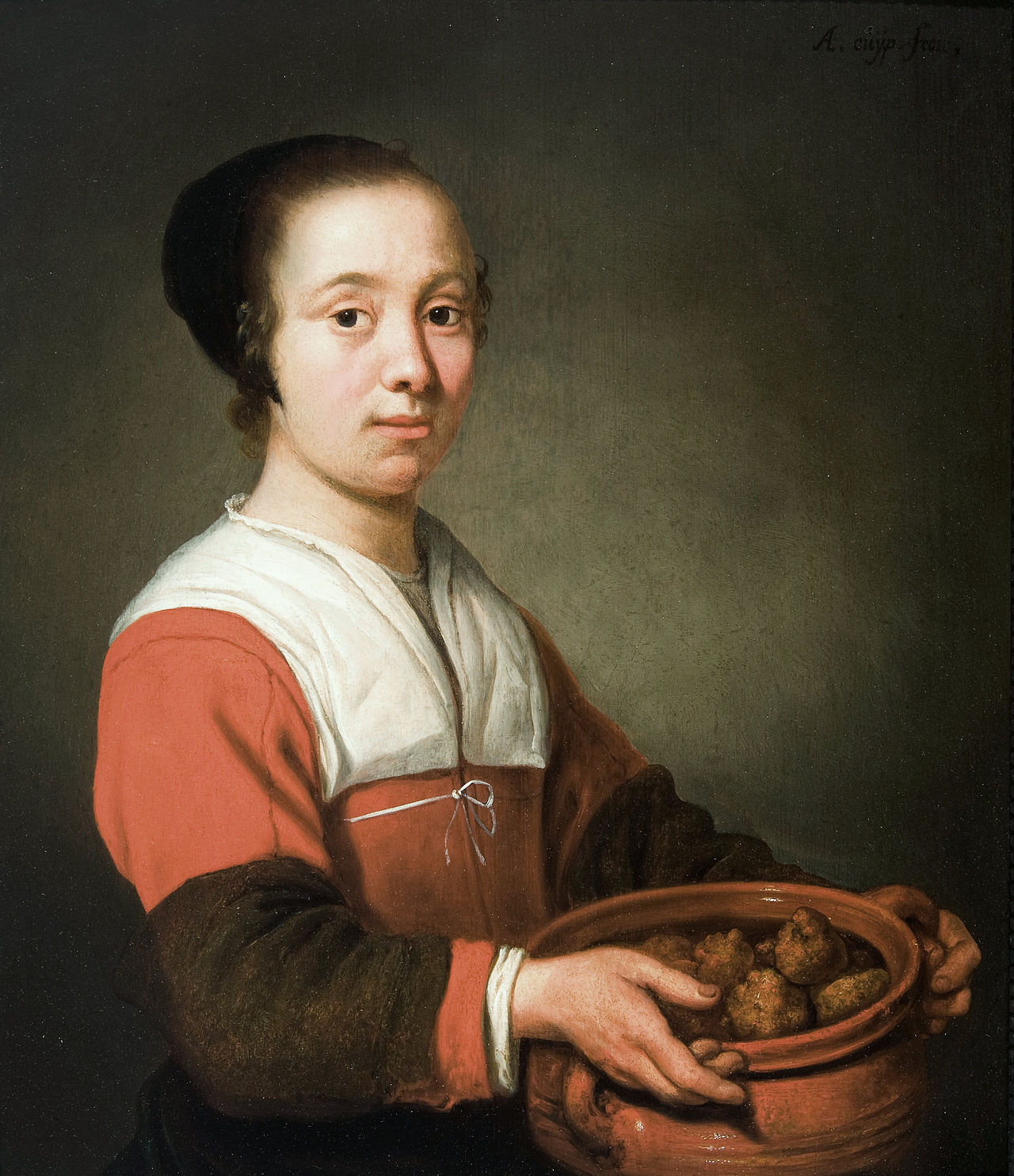
16x Kibbeling
Kibbeling is a fried fish snack which is in the top 5 of most eaten snacks in the Netherlands. Originally the fish being used for kibbeling was 'kabeljauw', codfish. Nowadays kabeljauw is too expensive and all sorts of cheaper white fish are being used to make kibbeling. Usually kibbeling is served with garlic or remoulade sauce.
Where to eat the best Kibbeling in Amsterdam?
Urker Viswinkel, Tweede Egelantiersdwarsstraat 13
Market stand Sier en Steur, Albert Cuypstraat 155
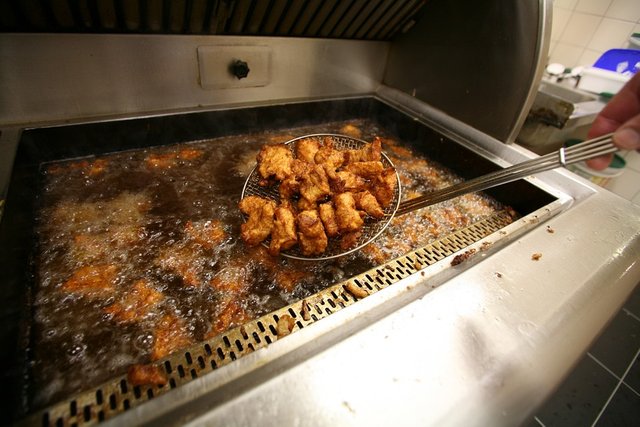
Find more articles with interesting info about Amsterdam on https://green-amsterdam.com
Upvoted! love it! also very impressed by how much time you put in, see al lot of Oud-West winners, do you live there? I live on the Clercqstraat.
Love Moeders
Thank you so much! :D And yes, Westside is the best side! Moeders is also one of my favorites, although my own moeder makes the best stamppot of course ;)